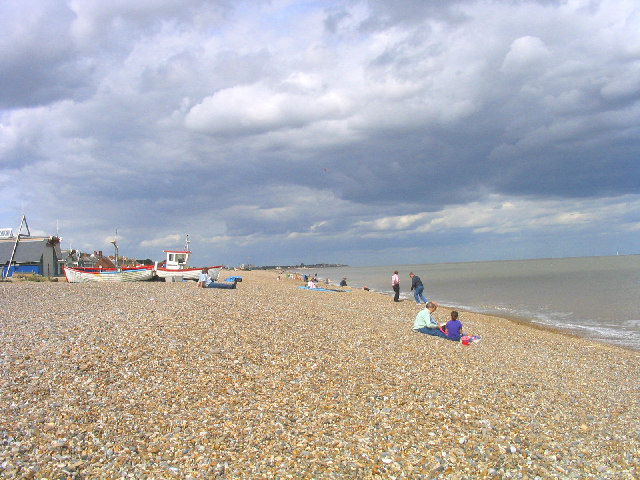 Think of property rights as a bundle of sticks. Each stick represents a different right. Different bundles will include different sticks. Everyone remembers the first day of Property class. It was this idea that came to mind when I was reading the recent Supreme Court decision in Stop the Beach Renourishment v. Florida Department of Environmental Protection. In this case, the state of Florida, by way of the Department of Environmental Protection, sought to add seventy-five feet of famous white sand beach in Destin, Florida to renourish beaches that had suffered from erosion.
Think of property rights as a bundle of sticks. Each stick represents a different right. Different bundles will include different sticks. Everyone remembers the first day of Property class. It was this idea that came to mind when I was reading the recent Supreme Court decision in Stop the Beach Renourishment v. Florida Department of Environmental Protection. In this case, the state of Florida, by way of the Department of Environmental Protection, sought to add seventy-five feet of famous white sand beach in Destin, Florida to renourish beaches that had suffered from erosion.
Sounds good, right? Not if you are an owner of Destin littoral property.
The new beach creates a state-owned buffer between the private property and the water itself. The mean high water mark is the line used to determine where private property rights end and where the state’s (public) rights begin. In this case, the mean high water mark shifts about seventy-five feet seaward, but the private property line does not change. This is due to the laws of accretion and avulsion. Without boring you to death, basically beach that is created slowly over time becomes property of the private owner, but any additions that occur suddenly (like, say, the dumping of thousands of tons of white sand by the state) are state property because the boundary line is the same as it was before the “event” (read: dumping).
I will not focus on takings as related to the Fifth and Fourteenth Amendments, nor will I get any deeper into Florida laws on avulsion or accretion. What I will focus on is the right to exclude and how this case demonstrates its value.
There are two views that come up in the debate on the right to exclude in this case. The first view is that of the property owner. The idea here is that property owners should keep what they fairly bargained for when purchasing their littoral property – land that ends at the mean high water mark. In this case, the seventy-five feet of additional sand separates the landowner’s property from the new mean water line and the landowner no longer owns waterfront property, nor is he or she compensated for that loss.
Another view is that of the beachgoer, who would likely hold that the landowner is gaining an additional seventy-five feet of white sand beach that is free to use as if it were his or her own land – for the most part. This brings up the old “bundle of sticks” analogy. The question raised here is: What is the right to exclude worth? The property owners of Destin have collectively decided that the right to exclude (along with the change in property value) is not worth this fresh, new beach. Given the resolution of the case, we will never know exactly how much that right is worth to these landowners. However, this situation gives us an idea of how valuable that “stick” is within the bundle.

Does this case have any relevance to Wisconsin owners of littoral property?
Jacqueline,that is yet to be determined. An important element of this case is the mean high water line. Because there are no tides of mention in Wisconsin, this creates a distinction. However, the laws of accretion and avulsion are in place in Wisconsin. For example, many owners of littoral property in Wisconsin add large rocks to their shoreline in order to prevent any loss of their property to erosion. If the state were to take action similar to that taken by Florida, it would be likely that the state would use this case as support for the action.